
How To Choose A Ski/Snowboard Helmet
Whether you’re hitting the bunny slopes or going for the black diamond, a ski/snowboard helmet is an important piece of gear that protects your head and provides comfort when you're slaloming down the mountain. To choose the right helmet, you need to understand your riding discipline, the construction of the helmet, available technologies and safety features.
Skiing and Snowboarding Disciplines
Skiing and snowboarding include various disciplines, each with its own unique considerations. When selecting a snow helmet, it's important to consider the specific discipline you'll be participating in. Here are some common skiing and snowboarding disciplines and considerations for helmet selection:
Alpine
Alpine skiing involves navigating groomed slopes at high speeds. Helmets for alpine skiing typically prioritize impact protection, aerodynamics, and stability. Race-specific helmets are also available, and these helmets are often fitted with a chin bar (like the Ledge SL Mips which has a removable chin bar).
Freestyle & Park
In freestyle disciplines like park riding and pipe, helmets should offer robust protection against impacts. Seek out helmets featuring soft ear pads for enhanced comfort during spins and jumps. Additionally, a lightweight design is often favored to complement the dynamic movements inherent in freestyle riding.
Backcountry
Backcountry enthusiasts often prioritize helmets that are compatible with other safety gear, such as goggles and avalanche beacons. Ventilation is essential for uphill climbs, so helmets with adjustable venting systems are beneficial.
Big Mountain and Freeride
Big mountain and freeride skiing and snowboarding involve navigating ungroomed terrain. Helmets should offer robust protection, with features like Mips® technology to address rotational forces during falls.
Helmet Construction
There are several different constructions a ski/snowboard helmet could have, such as hard shell, hybrid, and in-mold. Giro also offers helmets with an innovative D2 construction and an all-in-one shielded/integrated helmet. These different constructions offer various liners and outer shell designs that have their own benefits/features.
Hard Shell Construction
A hard shell construction (also known as injection-molded construction) which consists of a rugged outer shell that is molded then attached to an expanded polystyrene (EPS) foam liner. This type of construction is often seen on helmets that come at a great value, like Giro’s Ratio Mips or Ceva Mips helmets.
Hybrid Construction
A hybrid construction merges a durable ventilated hard shell upper with an in-mold construction lower shell, plus side walls for added protection and style. The hybrid construction helmet is beefed up for added durability while also remaining lightweight. Within the shell of a hybrid helmet there’s an impact absorbing, lightweight EPS foam liner. An EPS foam is designed to compress to absorb impacts. Our Tenet Mips and Tor Spherical, for instance, have hybrid constructions.
In-mold Construction
In-mold construction fuses a tough polycarbonate outer shell with the helmet’s impact-absorbing foam liner. This fusion process allows for better ventilation systems, making in-mold helmets lighter and cooler than traditional helmets. A couple examples include our Grid Spherical and Owen Spherical helmets.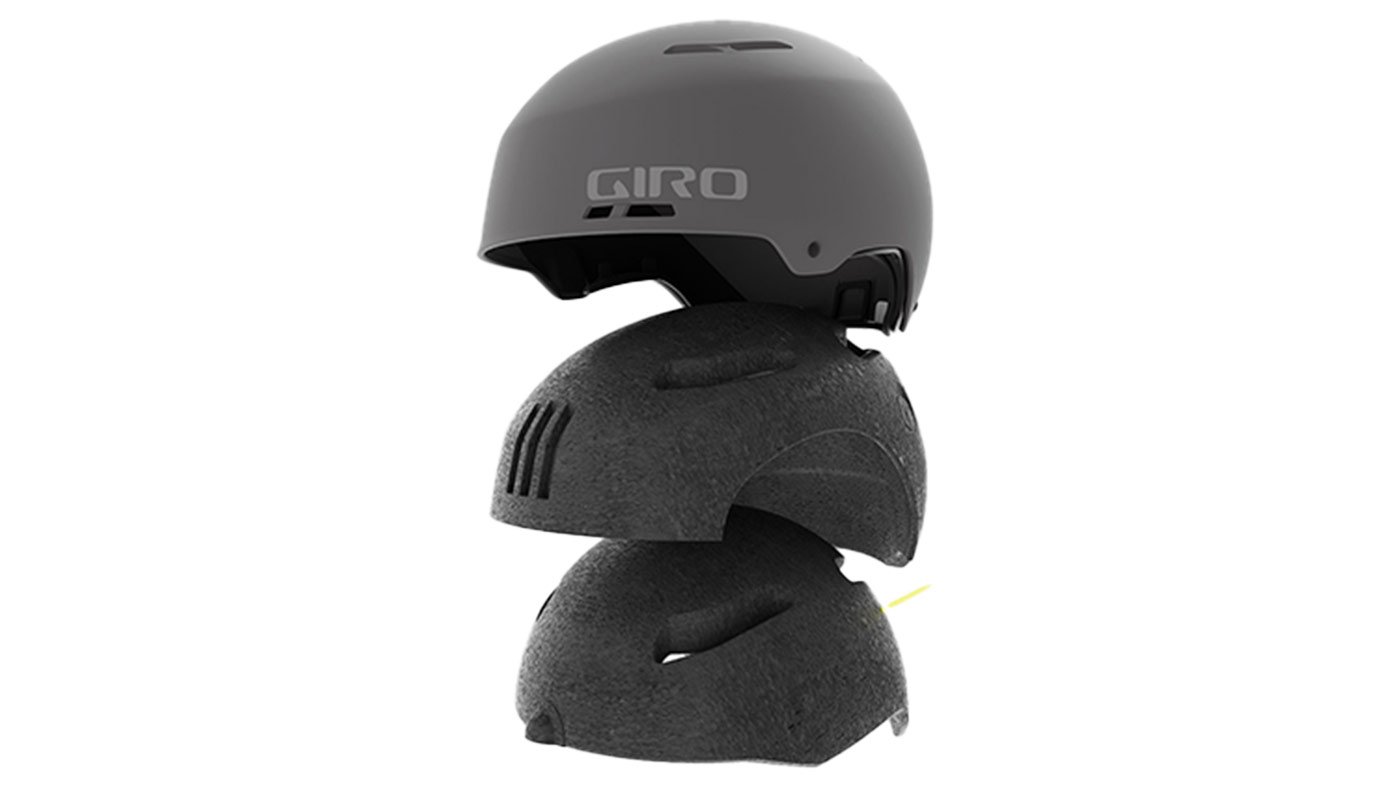
D2 Construction
Helmets like our Emerge Spherical (shown above in the exploded graphic) feature a D2 construction, this means that the helmet has two densities of Expanded Polyproylene (or EPP) foam to manage both high- and low-energy impacts. EPP foam offers impressive resilience—this crushable foam regains its shape and retains some of its protective qualities after multiple impacts. An EPS foam helmet, on the other hand, should be replaced in the event of a hard crash since this type of foam’s condition post-crash may not be apparent.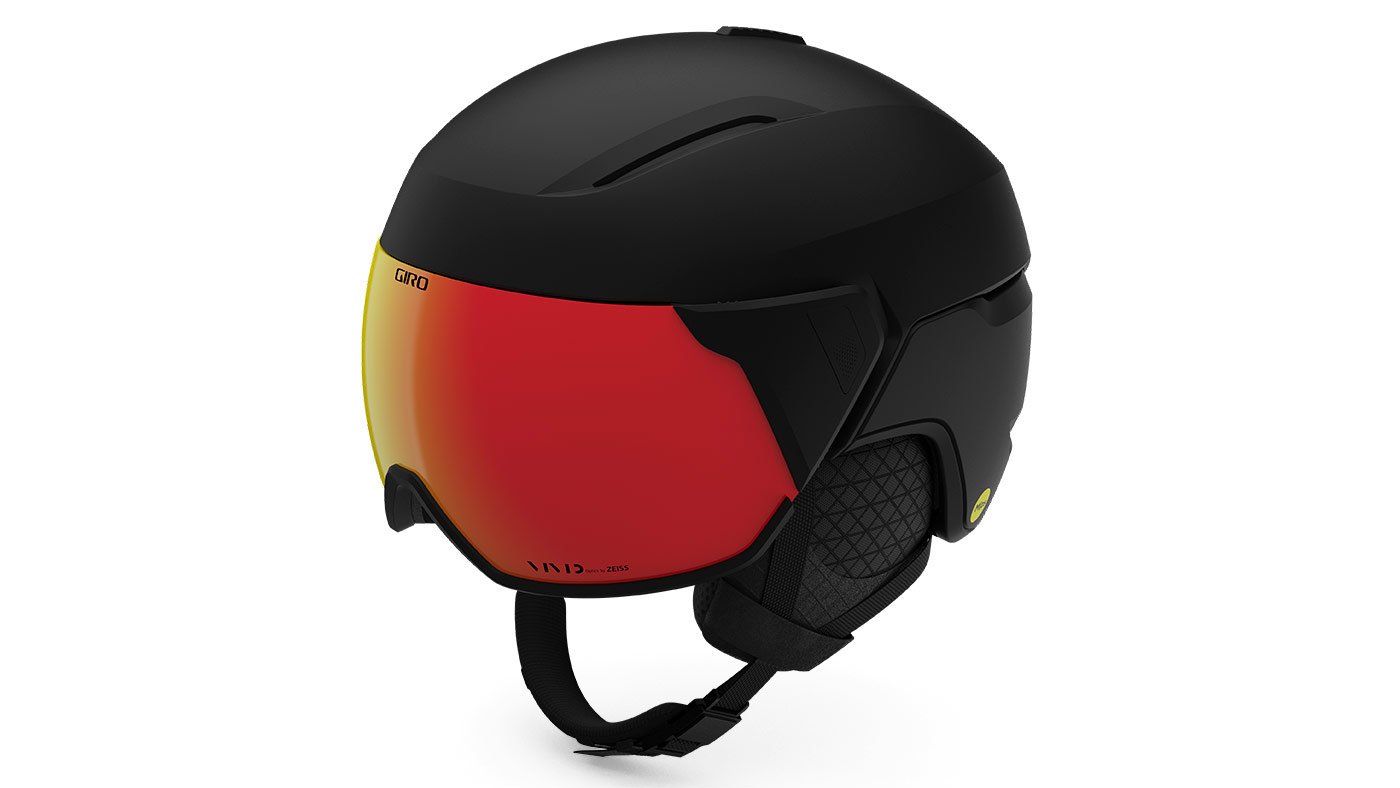
Shielded/Integrated Helmet
Another design you may see on the slopes is the shielded/integrated helmet. This is an “all-in-one" style helmet which includes an integrated shield that’s attached to the shell. Helmets like the Orbit Spherical, Vue Mips, and youth Buzz Mips helmets are great options if you don’t want to have a separate goggle and helmet.
Helmet Technology
Helmets technology has advanced leaps and bounds this their origins. From specialized safety technology and innovative shell constructions to fit systems and advanced ventilation, snow helmets go beyond being a simple protective shell, incorporating a myriad of features to enhance the overall experience for skier and snowboarders.
Impact Protection Technology
Modern snow helmets utilize advanced impact protection technologies to safeguard users from potential head injuries. When in search of a new helmet, consider the following features to make an informed choice:
Mips® Safety System
Mips® (Multi-Directional Impact Protection System) is specifically made to provide more protection in the event of a crash. The main components of a Mips®-equipped helmet are the interior foam liner, the low friction liner, and an elastomeric attachment system. How these work is that in an angled impact, the elastomeric attachment system stretches to allow the foam liner to rotate independently around your head.
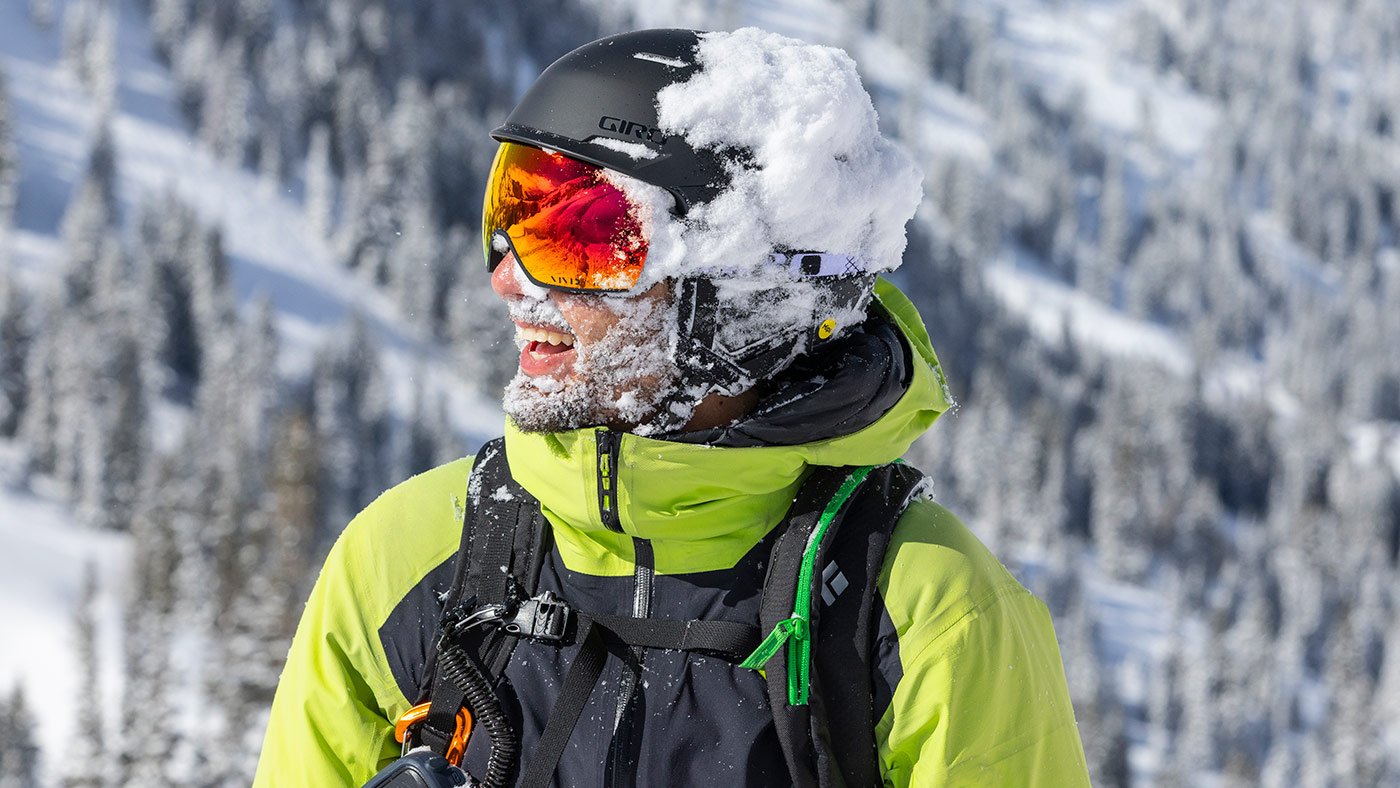
Spherical Technology
There’s also Spherical Technology, which is powered by Mips®. This is a refinement and evolution of the Mips® system. With this sophisticated tech, there are two layers of foam that fit together like a ball-and-socket. This system helps protect the brain from rotational energy by allowing up to 10- to 15-millimeters of relative motion between the helmet and head during the first milliseconds of an impact.
EPS Foam Liner
Expanded Polystyrene (EPS) foam liners are prevalent in snow helmets. This foam is designed to absorb and disperse impact energy, providing essential protection in the event of a fall or collision.
Dual-density Foam
Dual-density foam is often used in snow helmets, employing different foam densities in specific areas to manage various impact intensities effectively.
Helmet Ventilation Systems
Ventilation is crucial in keeping you comfortable amid changing conditions on the mountain. When choosing a snow helmet, you should consider whether it comes with adjustable ventilation systems or features passive ventilation. This aspect, along with your region and weather conditions, can play a significant role in optimizing your experience on the slopes.
Passive Venting System
Passive vents, also known as static or non-adjustable vents, are openings in a snow helmet designed to facilitate the natural flow of air without providing the user direct control over the ventilation. Known as Passive Aggressive venting system in Giro snow helmets, they provide a discrete exterior vent design and interior channeling (including the liner and padding) combine to create optimal airflow and temperature regulation. The auto-venting technology manages airflow and temperature when riding, hiking, or standing static.
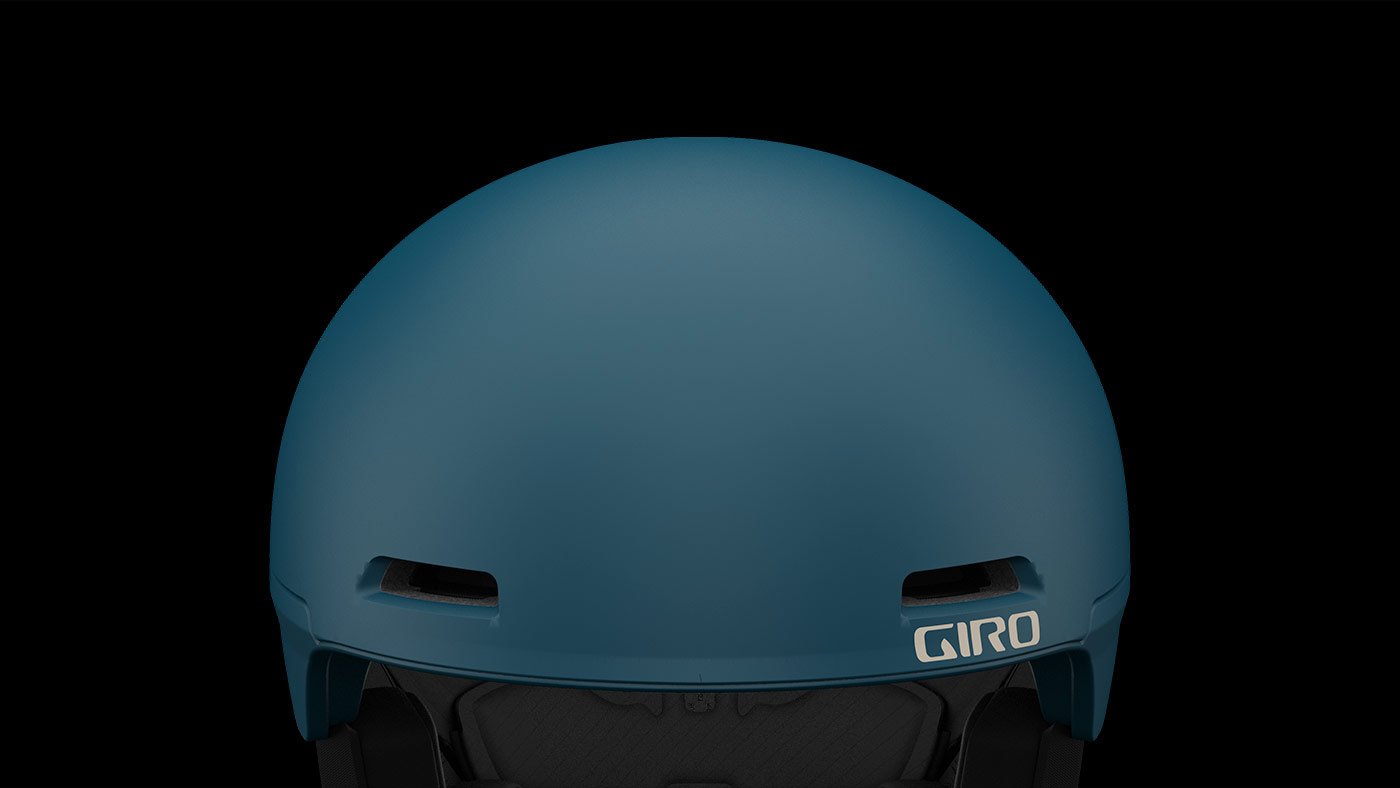
Stack Vent
An advanced version of passive vent technology is seen in helmets such as Giro’s Owen Spherical, showcasing a feature known as the Stack Vent. This innovation stems from research revealing that a significant portion of warm air, leading to fogging, is expelled from the central top vent of the goggles. By aligning the Stack Vent in the helmet with the goggle vent, this design ensures optimal clarity and prevents fogging, enhancing the overall performance of the helmet and goggles.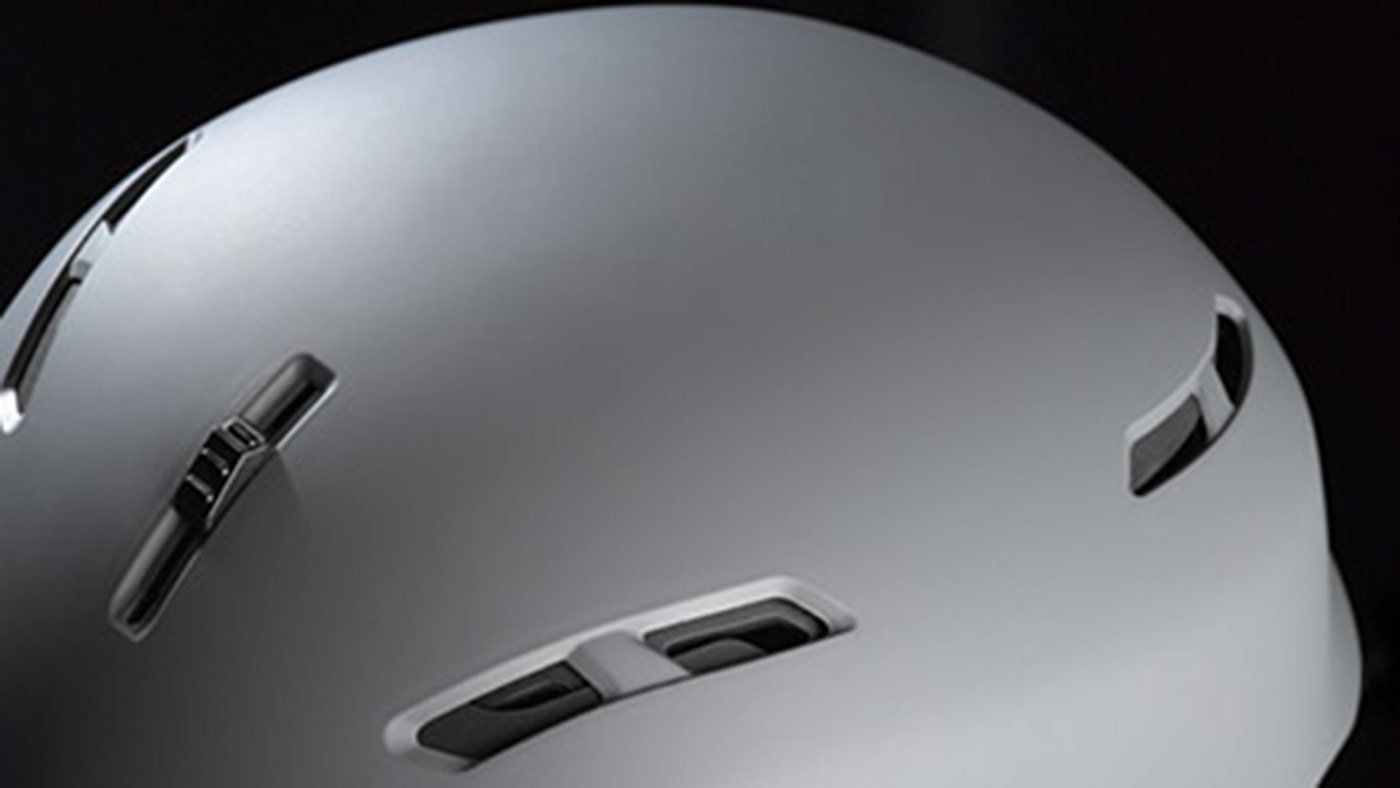
Adjustable Ventilation Systems
Helmets equipped with adjustable ventilation systems allow users to regulate airflow and manage heat buildup. This feature ensures that the helmet remains comfortable in varying weather conditions, from chilly mornings to warmer afternoons. Giro’s own Thermostat Control allows you to custom tune airflow instantly with a simple, low-profile control button on the outside of the helmet. This allows for super quick adjustments that can be made even when you’re in motion.
Stealth Ventilation Systems
An advanced form of adjustable venting, Giro’s Stealth Thermostat Control is even more discreet with the same airflow customization capability, but the difference is the control is on the inside of the helmet for an even sleeker aesthetic.
Goggle Compatibility
Giro helmets and goggles are designed to pair perfectly together. Giro helmet seamlessly integrate with goggles, providing a snug fit and eliminating any gaps that could expose the face to cold air or snow. The seamless compatibility between the two means a better fit and improved function that ultimately elevates your moments on the mountain.
Certifications For Snow Helmets
Snow helmets, like any safety gear, often undergo testing and certification to ensure they meet industry standards for impact protection. The following are some of the common certifications you can look for when shopping for a helmet.
ASTM F2040
ASTM F2040 is a US certification for helmets used for non-motorized recreational snow sports such as skiing, snowboarding, and other alpine sports, according to the ASTM website. In order to claim this certification standard, the helmet has to go through and pass various impact tests according to the standard’s requirements.
CE EN 1077
CE EN 1077 is the European certification for non-motorized ski and snowboard helmets. Like in the ASTM certification, in order to claim this certification standard the helmet also has to go through and pass various impact tests according to the standard’s requirements.
Helmet Fit Systems
Ensuring a secure and comfortable fit is paramount for both safety and performance. Snow helmets can utilize a diverse range of adjustment mechanisms, including dial-in systems, adjustable straps, and removable padding. These features allow users to tailor the fit according to their specific head shape and size. It's important to carefully consider which fit system aligns best with your preferences and needs.
In-Form Fit System
In-Form Fit Systems often use a dial or a sliding mechanism for quick and easy adjustments. Giro’s Conform Fit Technology is a fully integrated bit of tech that provides users with the perfect fit. This system uses a two-piece shell that literally forms to the rider’s head shape by expanding and contracting with the turn of a dial. It features a durable, yet semi-flexible EPP construction that provides the lowest-profile fit and unsurpassed comfort.
Dial Fit System
This system features a dial at the back of the helmet, allowing users to easily tighten or loosen the fit by turning the dial. It provides a precise and customizable fit for individual head sizes.
Dual BOA Fit System
An advanced dial fit system, the BOA Fit System provides even more precise adjustments.
Helmet Buckles
Standard Buckle
A standard buckle, also known as a traditional buckle or quick-release buckle, is a mechanical fastening device commonly used in various applications, including snow helmets. It consists of male and female components that snap into one another.
FIDLOCK Buckle
The FIDLOCK magnetic closure is the top-of-the-line closure that’s pinch-free and allows for one-handed operation. It differs from the standard buckle with its strong magnets that make it easy to open.
Snow Helmet Accessories
Snow helmets can also be customizable with other accessories/features.
GoPro Mounts
If you want to record your run, a camera mount would be important to you. Shop for helmets that come with a camera mount or shop for GoPro or other action camera brands that have mounting kits that will work with your helmet.
Ear Pads
If you want more/less warmth you can opt to remove or keep the ear pads on the helmet. The ear pads on helmets like Giro's Emerge Spherical and Trig Mips are removable.
Audio Compatible Helmets
Some helmets allow you to play music through built-in speakers. Most Giro helmets are drop-in audio capable, there’s a small tab on the ear pads where audio pucks can be inserted. If the helmet doesn’t have audio connectivity built in, wearing your own ear buds is a viable solution.
Get The Right Fit Helmet
For detailed instructions on measuring your head and finding the right size, refer to our FAQ page. Ensuring a proper fit is essential for both comfort and safety when choosing your snow helmet.
